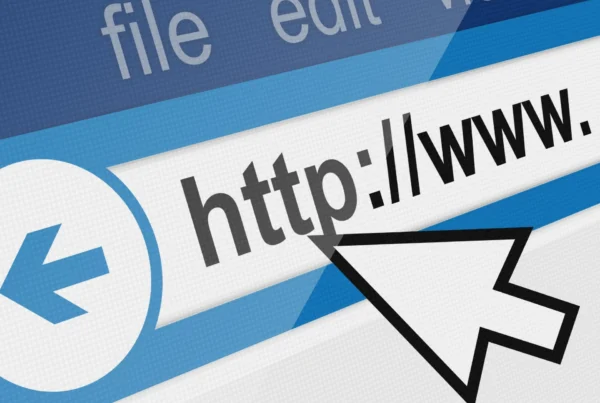Welcome to the fast lane of the internet, where the need for speed reigns supreme. If your WordPress site is feeling a bit sluggish, it’s time to hit the accelerator and optimize its performance. In this comprehensive guide, we’ll explore the art and science of WordPress speed optimization, equipping you with the tools and knowledge to transform your digital space into a high-speed expressway. So buckle up, as we delve into the intricacies of making your WordPress site not just good but great.
Understanding the Need for Speed:
In the hyperconnected world we live in, where attention spans are shorter than ever, speed is the key to retaining visitors and keeping them engaged. A slow website can be the digital equivalent of a traffic jam, causing frustration and turning away potential readers or customers. Moreover, search engines like Google take website speed into account when ranking pages, making it a crucial factor in your site’s visibility.
Choosing a Lightweight Theme:
Let’s kick off our speed journey with the cornerstone of your website—the theme. The theme you choose can significantly impact your site’s performance. Opt for a lightweight theme that emphasizes simplicity and efficiency over flashy features. Themes like Astra, GeneratePress, or OceanWP are known for their speed-oriented designs. By reducing the amount of unnecessary code, a lightweight theme ensures a faster load time without compromising aesthetics.
Optimizing Images and Multimedia:
A picture may be worth a thousand words, but it shouldn’t cost you seconds of loading time. Large images and unoptimized multimedia files can be major culprits in slowing down your site. Embrace image optimization tools like Smush or TinyPNG to compress images without sacrificing quality. Additionally, consider lazy loading, a technique that defers the loading of offscreen images and videos until the user scrolls to them, minimizing initial page load times.
Effective Caching Mechanism:
Caching is the secret sauce for a swift website experience. By caching your site’s static elements, such as images and CSS files, you reduce the time it takes to load a page for returning visitors. Popular caching plugins like W3 Total Cache and WP Super Cache generate static HTML files, saving server resources and speeding up your website. Don’t underestimate the impact a well-configured caching system can have on your site’s performance.
Database Optimization:
Behind the scenes, your WordPress site relies on a database to store and retrieve information. Over time, this database can become cluttered with unnecessary data, affecting performance. Regularly clean up your database by removing post revisions, spam comments, and other extraneous data. Plugins like WP-Optimize or Optimize Database after Deleting Revisions can help streamline this process.
Content Delivery Network (CDN):
Imagine if your website’s content could be delivered at the speed of light—well, almost. Enter the Content Delivery Network (CDN). A CDN is a distributed network of servers strategically located around the globe. By storing static content like images, stylesheets, and scripts on these servers, a CDN reduces latency and ensures that users experience fast loading times, regardless of their geographical location.
Minimize External HTTP Requests:
Every external request your website makes, whether for fonts, scripts, or other resources, adds precious milliseconds to your page load time. Minimize these requests by hosting files locally whenever possible or utilizing a CDN for external resources. Combine and minify CSS and JavaScript files to reduce the number of individual requests, speeding up your site’s loading process.
Reduce Server Response Time:
The time it takes for your server to respond to a user’s request is critical for overall site speed. Choose a reliable hosting provider that offers optimized server configurations. Consider upgrading to a faster hosting plan or employing a managed WordPress hosting service. Additionally, a Content Delivery Network (CDN) can further reduce server response time by distributing content across multiple servers.
Regular Updates and Maintenance:
In the fast-paced world of the internet, staying up to date is paramount. Regularly update your WordPress core, themes, and plugins to ensure you benefit from the latest performance improvements, bug fixes, and security patches. Developers release updates not just for show but to keep your website running smoothly. Ignoring these updates can result in a slow, outdated, and potentially insecure site.
Congratulations, you’ve successfully navigated the twists and turns of WordPress performance optimization. By implementing these tips, you’ve set your website on the path to speed nirvana. Remember, a faster website not only keeps visitors happy but also plays a pivotal role in SEO rankings. So, rev up those engines, fine-tune your settings, and watch your WordPress site leave the competition in the dust. Happy optimizing!



